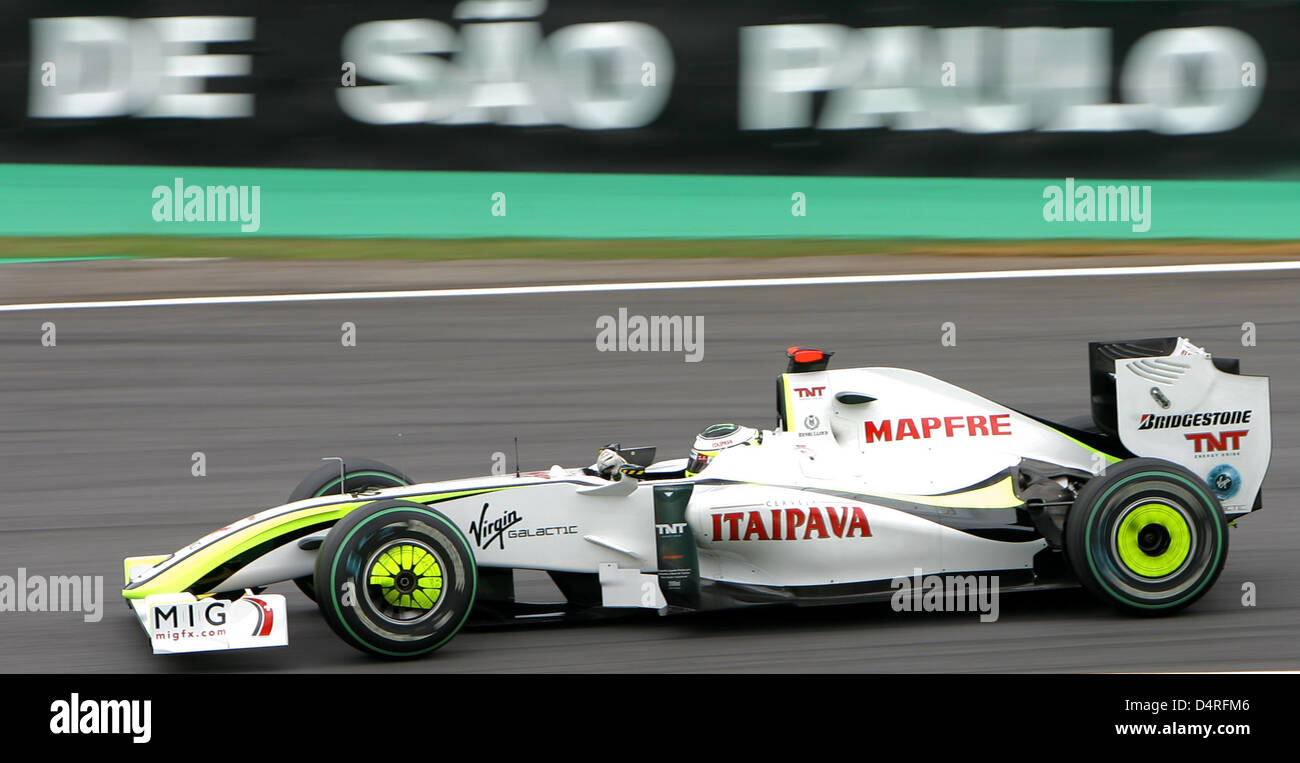Unveiling The Hells Angels: A Critical Analysis

Table of Contents
Origins and Early History of the Hells Angels
The Hells Angels Motorcycle Club's origins trace back to 1948, in San Bernardino, California. Founded in the post-World War II era, the club initially embodied the burgeoning biker subculture, a rebellion against societal norms and a celebration of freedom and brotherhood. Early members, many of whom were veterans, sought camaraderie and a sense of belonging. However, the club's activities quickly veered into more problematic territory.
- Founding location and date: San Bernardino, California, 1948.
- Key early members and their roles: While specific individuals' roles are often obscured by a deliberate lack of transparency, early members laid the groundwork for the club's structure and future trajectory. Their influence is felt in the club's ethos and operational methods to this day.
- Initial club activities and goals: Initially, activities centered around motorcycle riding, social gatherings, and a shared sense of rebellion. However, this soon evolved to encompass more illegal activities.
- Early conflicts with law enforcement and rival gangs: Early clashes with law enforcement and rival motorcycle gangs established a pattern of violence and confrontation that would define the Hells Angels for decades to come. Territorial disputes and clashes over resources became increasingly common.
The Hells Angels' Organizational Structure and Hierarchy
The Hells Angels operate with a rigidly defined hierarchical structure. This structure, essential for maintaining control and coordinating activities, features a complex network of chapters, prospects, and officers. The club's organizational prowess is a significant factor in its longevity and operational success.
- Chapter system and geographical distribution: The club's chapter system allows for a decentralized operational structure, with individual chapters operating within specific geographical territories. This global network extends the Hells Angels' reach and influence.
- Ranks and responsibilities within the hierarchy: A clear hierarchy, with defined roles and responsibilities, ensures efficient operation and discipline. Ranks range from prospects (those seeking membership) to the club's leadership.
- Significance of club colors and insignia: The iconic "Death Head" patch and other insignia are symbols of belonging and power, immediately identifying members and reinforcing group identity. These symbols also serve as a deterrent and signal of the club's presence.
- Internal rules and discipline: Strict internal rules and a system of discipline maintain order and loyalty within the club. Violations can lead to severe consequences, further emphasizing the importance of adherence to the club's code.
Criminal Activities and Law Enforcement Response
Throughout their history, the Hells Angels have been implicated in a wide range of criminal activities. These include drug trafficking (methamphetamine, cocaine, and other narcotics), weapons trafficking, extortion, violence, and money laundering. Their involvement in organized crime has led to extensive investigations and prosecutions.
- Types of criminal activities: Drug trafficking is a significant source of income for the Hells Angels, fueling their operations and expanding their influence. Other criminal enterprises help maintain their power.
- Notable legal cases and convictions: Numerous high-profile cases have resulted in convictions for members involved in various crimes, though many challenges remain in dismantling the organization.
- Law enforcement tactics used against the Hells Angels: Law enforcement agencies have employed various strategies, including infiltration, surveillance, and targeted prosecutions, to combat Hells Angels activities.
- The effectiveness of these tactics: While some successes have been achieved, the Hells Angels' structure and operational methods present ongoing challenges to law enforcement efforts. The club's adaptability and resilience underscore the difficulties in permanently disrupting its activities.
The Hells Angels' Public Image and Media Portrayal
The Hells Angels' image is carefully cultivated, and their portrayal in popular culture is complex and often conflicting. From rebellious freedom fighters in some portrayals to ruthless criminals in others, the Hells Angels' public image is a carefully crafted narrative.
- Examples of Hells Angels portrayals in popular culture: Films, books, and documentaries have depicted the Hells Angels in various ways, often highlighting their outlaw image and criminal activities. This media representation plays a significant role in shaping public perception.
- The club's attempts at image rehabilitation: The Hells Angels have made attempts to control their public image, often portraying themselves as a motorcycle club with a strong sense of brotherhood.
- The impact of media portrayals on public perception: Media significantly shapes public opinion about the Hells Angels, influencing how they are viewed by society. This can be influenced by conscious efforts to manage their public image.
- The role of media bias in shaping public opinion: Bias in media reporting can affect how the public perceives the Hells Angels, potentially exaggerating certain aspects of their activities while downplaying others.
The Hells Angels Today: Current Activities and Challenges
The Hells Angels continue to maintain a global presence, operating in numerous countries. However, they face ongoing challenges, including internal conflicts, increased law enforcement pressure, and evolving social attitudes.
- Current geographical distribution of chapters: The club maintains a significant international presence, indicating continued adaptation and operational success across different regions.
- Recent legal battles and challenges: The Hells Angels are frequently embroiled in legal battles, facing charges related to various criminal activities. These ongoing conflicts highlight the continuous challenges faced by the organization.
- The club's adaptation to changing social contexts: The Hells Angels have demonstrated adaptability throughout their history, adjusting their operational strategies and activities to navigate changing social norms and legal frameworks.
- Predictions for the future of the Hells Angels: Predicting the future of the Hells Angels is difficult. Their resilience suggests continued existence, though their power and influence may fluctuate due to various factors.
Conclusion
This critical analysis of the Hells Angels has unveiled a complex organization with a long and controversial history. From their origins as a motorcycle club to their involvement in organized crime and their carefully cultivated public image, the Hells Angels continue to fascinate and disturb. Understanding their structure, activities, and impact is crucial for comprehending the dynamics of organized crime and biker culture. Further research into the Hells Angels, particularly concerning their evolving strategies and the effectiveness of law enforcement responses, is essential. Continue your exploration of the Hells Angels and their enduring legacy – delve deeper into their history and the multifaceted nature of this infamous motorcycle club.

Featured Posts
-
 Public Accusations The Aftermath Of Kyle Walkers Night Out
May 25, 2025
Public Accusations The Aftermath Of Kyle Walkers Night Out
May 25, 2025 -
 Amundi Msci World Ii Ucits Etf Dist Net Asset Value Nav Explained
May 25, 2025
Amundi Msci World Ii Ucits Etf Dist Net Asset Value Nav Explained
May 25, 2025 -
 Lock Up Tv Guide Top 5 Action Episodes
May 25, 2025
Lock Up Tv Guide Top 5 Action Episodes
May 25, 2025 -
 Cybersecurity Breach At Marks And Spencer 300 Million Estimated Cost
May 25, 2025
Cybersecurity Breach At Marks And Spencer 300 Million Estimated Cost
May 25, 2025 -
 Exploring Jensons Fw 22 Extended Line New Styles And Details
May 25, 2025
Exploring Jensons Fw 22 Extended Line New Styles And Details
May 25, 2025
Latest Posts
-
 Exploring Jensons Fw 22 Extended Line New Styles And Details
May 25, 2025
Exploring Jensons Fw 22 Extended Line New Styles And Details
May 25, 2025 -
 The Complete Guide To Jensons Fw 22 Extended Range
May 25, 2025
The Complete Guide To Jensons Fw 22 Extended Range
May 25, 2025 -
 Reliving The Glory Jenson Buttons 2009 Brawn Gp Car
May 25, 2025
Reliving The Glory Jenson Buttons 2009 Brawn Gp Car
May 25, 2025 -
 Jenson Fw 22 Extended A Deeper Look At The Collection
May 25, 2025
Jenson Fw 22 Extended A Deeper Look At The Collection
May 25, 2025 -
 Jenson Buttons 2009 Brawn Remembering A Historic Season
May 25, 2025
Jenson Buttons 2009 Brawn Remembering A Historic Season
May 25, 2025
